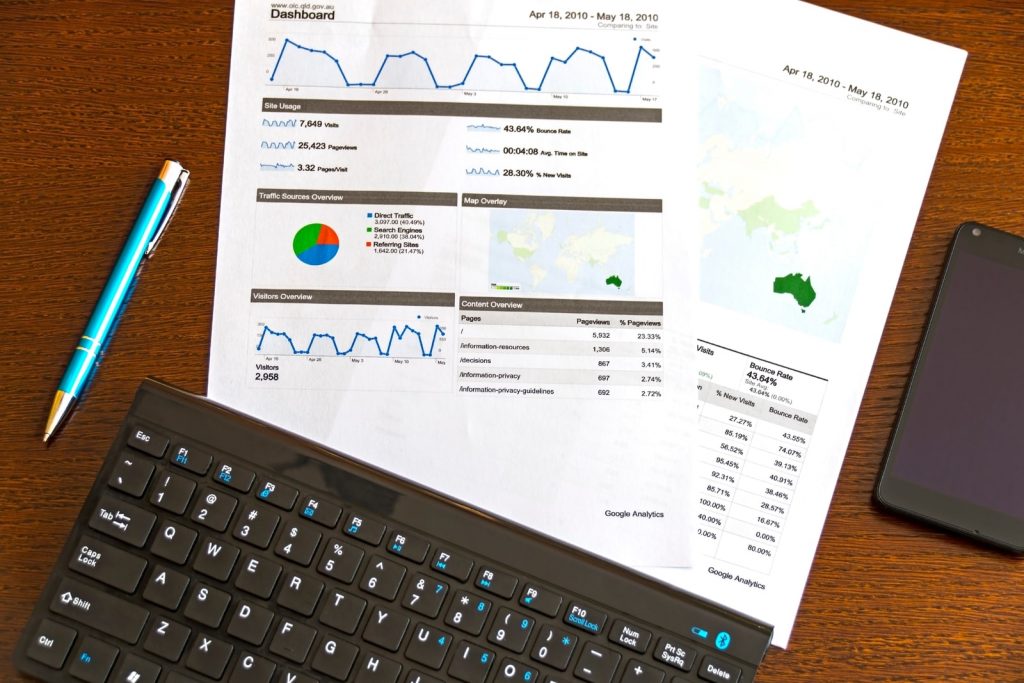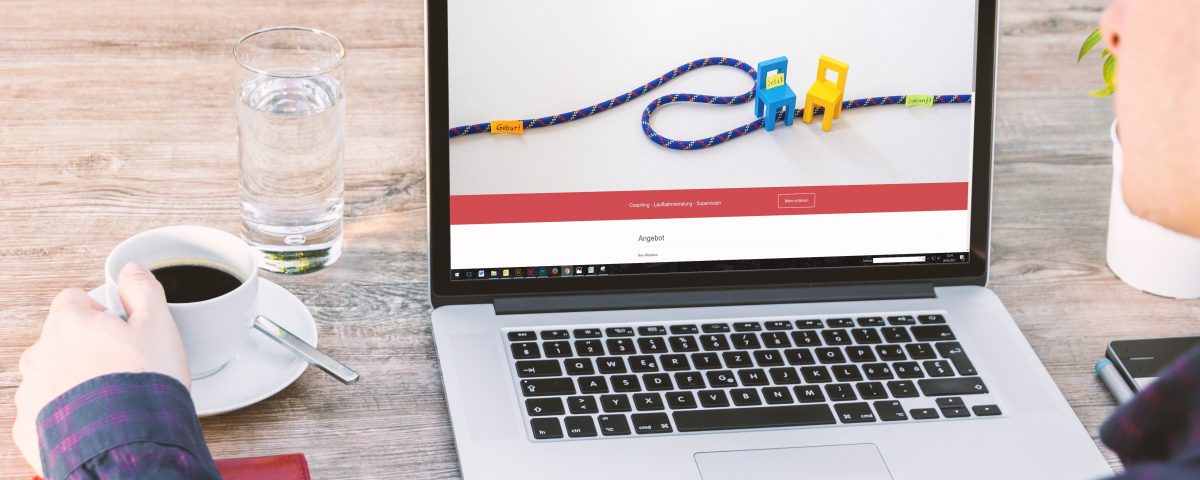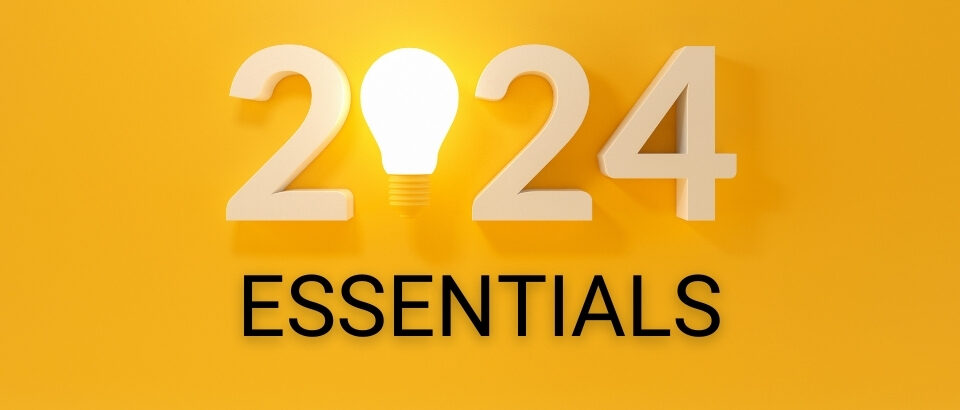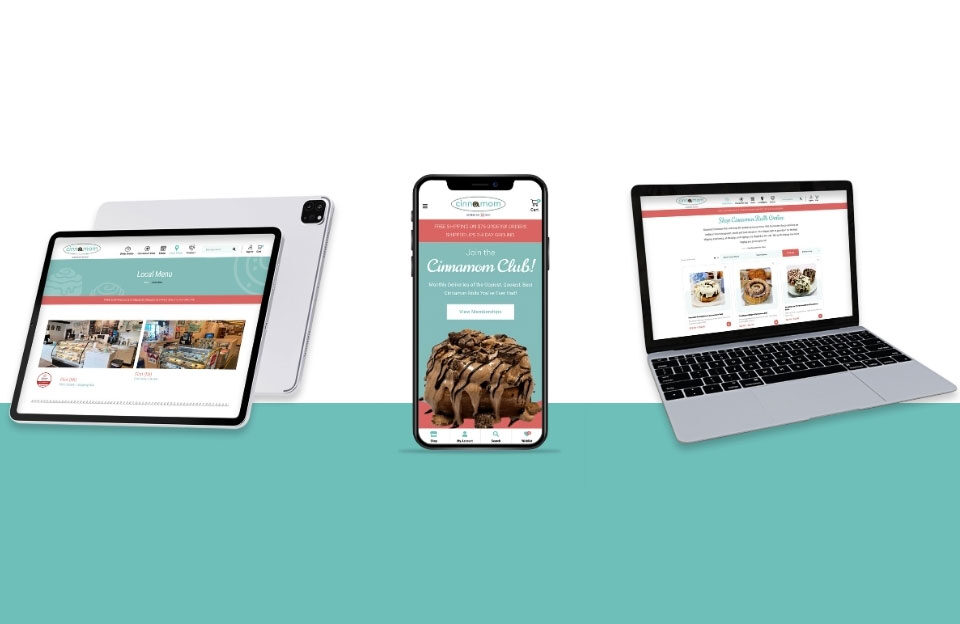


Professional Website Designer Vs Free Website Builder
August 1, 2020


Digital Marketing Foundations: How To Set Up Your First Digital Strategy
October 1, 2020If you have made the decision to create a website, then you may be feeling really excited about the prospect of getting your information uploaded and out there for all to see. In reality, you will need to consider a huge range of things before you can even begin the design! To help you, we have come up with a list of questions that you need to know the answer to before you start to design.
1 – What Is Your Style?
This may sound like an odd question, but your individual style or the style of your business will really need to shine through when you complete your site to allow people to understand what you are all about. Take some time to work out what your style is and how you want to convey it.
One great way of mapping out what you like is to create a mood board of ideas. Start with putting color swatches and textures up that you like and print off website pages that you have seen and resonate with. Think about objects and how they can be used to help you show off your product or service. When you have a full mood board, you will have a visual representation of your style ready to work with. Share this mood board with your web designer or use it when building your own site.


2 – What Colors Do You Want To Incorporate?
Color choice is as important as style, and you need to take some time to work out what Colors you want to use and whether you have any other Colors that you want to incorporate. It is fine to use different shades of one Color, but if you are not careful, this can confuse your audience.
It is a good idea to choose your main Color and then add in an accent Color that highlights key areas. There is nothing wrong with using a bold Color for your accent, and it is good to use this to highlight key information on the site to draw the attention of your reader.


3 – Do You Already Have A Logo Or Business Colors That You Want To Use?
Before you start the design process, stop to consider what you already have and how you will incorporate it into your new website. If you have a logo or already use selected Colors, then you will need to consider using these rather than starting from scratch.
Transferring your existing marketing tools to your new site will promote brand recognition and ensure that your current client base is not confused by your new look. However, if you are keen to start afresh, then you will need to take the time to communicate this to any current followers so that they expect it. If you are savvy, you can use it to garner interest in your new site.


4 – What Do You Want Your Website To Do?
So many people decide that they want a website and begin the process of creating it without a second thought. The issue with doing it this way is that you have not considered what the purpose is of the website first. You need to decide if your focus is making sales, sharing information, or promoting a service.
When you know what you want your website to do, you can organize this list into a hierarchy and then use it to help you plan out the site that you really want. The finished result will be a website that makes sense and flows well.


5 – What Features Do You Want To Have On Your Site?
When you know what you want your site to do, you will then need to decide what features you want your site to have. You may want a site that has shop and checkout functionality, or you may want a photo gallery. Whatever you want it to include, you will need a plan before the design begins.
It is also worth considering what features are essential on a website so that your audience feels confident to navigate it. Items such as a blog, contact form and an about us section are commonplace on websites and may be worth incorporating into your site.


6 – Who Are You Targeting?
One of the very first things you need to consider is who you want to see your website. Your target audience must be at the heart of every decision you make, so it is vital that you work out precisely who you are targeting.
When you have your audience in mind, it is a good time to analyse what makes them tick so that you can deliver a site that they love to come to. One of the easiest ways of doing this is through focus groups and surveys


7 – Have You Checked If There Is A Free Domain Name For Your Business?
Before you set your heart on a specific domain name for your website, check it is available first! There is nothing more upsetting than planning everything out only to find that you have to rethink everything.
If your domain name is not available, then do not panic. See it as an opportunity to develop your site name and make it catchier. Take time to come up with a range of name variations and then check them all on your domain host.
8 – Have You Mapped Out Your Navigation?
A really useful task is to spend some time mapping out how you want users to navigate your site and what order you want them to see your content. If you have a clear idea of this, then you can use this planning to organise what your pages look like.
When it comes to getting your audience to follow the navigation you want, then you can use both words and visual cues to help you. Make sure your menu is ordered the way you want the site accessed and use images and icons to emphasis the areas you want people to click on and follow.
9 – How User Friendly Is Your Content?
When you are designing a new site, you would be forgiven for wanting to personalise it as much as possible, after all, your site is an extension of you and what you are trying to share with the world. However, to make a site that will grow in popularity, you will need to make it user friendly.
For each piece of content you decide to publish on your site, you will need to consider how accessible it is to your audience, whether it meets their needs and if it is relevant to what your site is all about. If the answer is yes for each one, then you should go ahead and publish it.
10 – How Will You Keep Your Audience Up To Date?
When you are creating a site, you have to work hard to create content that is evergreen so that you do not have to update it on a daily or weekly basis. However, you will also need to find some way of keeping your audience in the loop.
One of the most popular ways of doing this is via a blog. Blogging is a great way to start a discussion with your following and share updates, information, and competitions to keep them engaged. Aim to publish two original blogs per month so that you do not over or underwhelm your audience. More if you have additional resources.
11 – Have You Organized An SEO Strategy?
Whether you are designing your own site or using the talents of a web designer, you will need to have an SEO strategy before you start work, SEO stands for Search Engine Optimisation, and it is a crucial part of website development.
Search engines use a range of algorithms to rank websites, and SEO is a well-known way of increasing your place in search results. Using keywords and phrases are all important if you want to rank highly and can be used in meta tags and descriptions as well as any content you place on your site.
12 – Will Your Site Be Compatible With A Range Of Browsers?
Part of planning out your new site will include where you want people to access it from. While most modern websites are compatible with a range of browsers, it is sensible to check that anything you design works on all the major browsers so that you do not alienate your audience.
In addition to browsers, you may also want to consider that most people access the internet through their mobile devices and so your site will fare better if it can be accessed on phones and tablets as well as computers.
13 – Using Social Media Alongside Your Site
When you have your site planning sessions, you will need to decide whether your social media accounts will be an asset or a hindrance to your website. Many people use social media buttons on each webpage as a way to get their audience to interact more with them.
However, if you do not spend much time on social media or you do not update your account regularly then it may be detrimental to link it to your website as audiences may feel you are not putting in enough effort.
14 – Who Will Author Your Content?
When you plan the design of a website, you will also need to consider who will write your content. Content writing must be done well in order to engage your audience and keep them interested. This comes down to topic choices as well as basic spelling and punctuation needing to be high quality.
If you are not a fan of writing, then you may want to outsource your writing to a content writer or digital marketing agency who will produce the work you want for your website and post it to your blog. If you choose this route, then it is important that you check out lots of writers and ask to see their portfolio before you sign any contracts.
15 – Where Will You Get Your Images From?
When it comes to organising images, you have the choice of using a stock image provider or commissioning your own images. Both these options have pros and cons, so you need to work out what suits you the best.
Stock images are easy to access and use but may not always quite hit the mark when it comes to your site. Commissioning your own images puts you in control of what they look like, but this requires time, effort, and a larger budget than most people have for a website. Whatever you chose, make sure the images you use really support your theme.
16 – Do You Have A Deadline With Milestones?
Before you even start your planning, you need to organise your final deadline as well as milestone dates to achieve. This aspect of planning is important as it helps you to keep your project on time and ready to publish when it is complete.
When you are working out milestones, it is a good idea to write down what you want to have achieved by a specific date along with a to-do list that you can tick off as you go. This level of organization may seem daunting, but it will help you to manage every aspect of your design process successfully.
Summary
Ultimately, your goal is to find a design that really helps to define what you want to market yourself as. Identifying your features, know the purpose of your site and organizing content are all big parts of the initial design process. Do not ever be afraid to ask others for help and guidance and remember to share your design options with as many people as possible to get a full range of feedback.
No matter what you choose, remember that your goal is to interest and inspire your target audience. There is nothing more satisfying than having created something from scratch, especially when you start to see positive analytics after the publication date.
—
Janszen Media designs and develops beautifully responsive websites, optimized for SEO and user experience. If you need a new website contact us at info@janszenmedia.com for a free quote.
For more website and digital marketing tips, follow Janszen Media on Facebook, Twitter, and Instagram.





